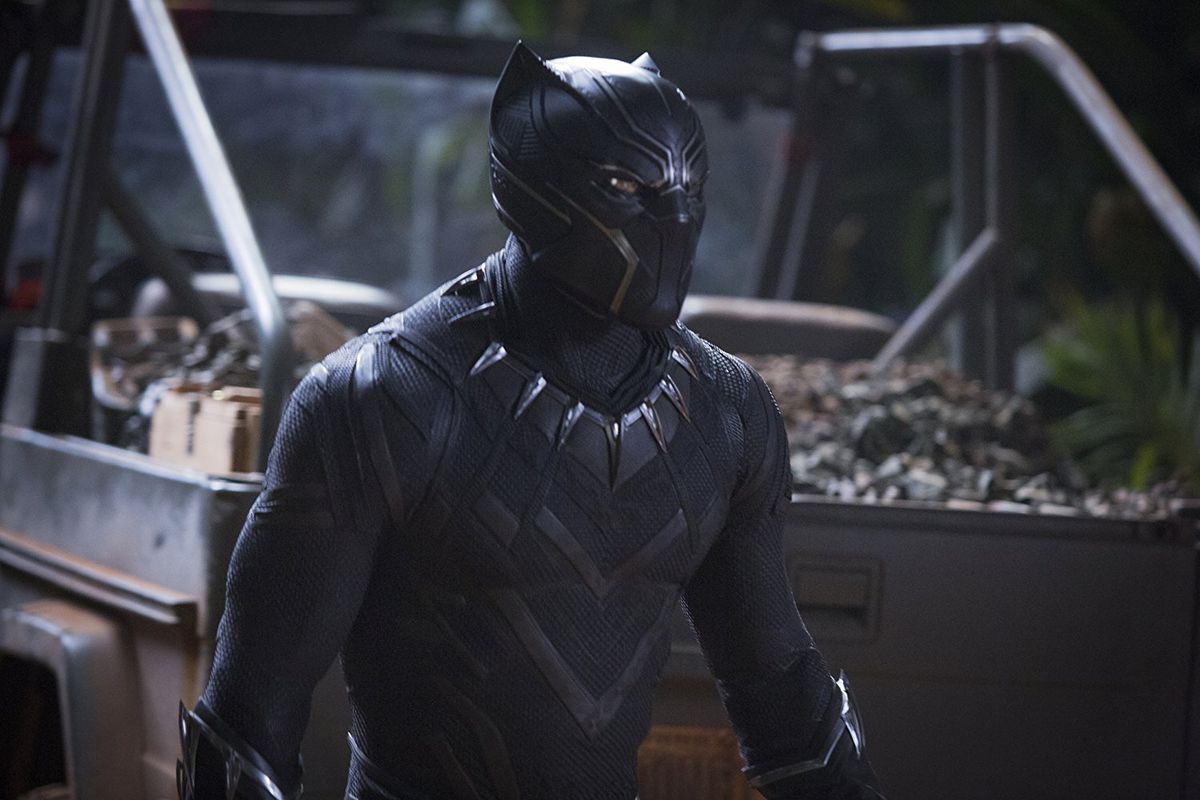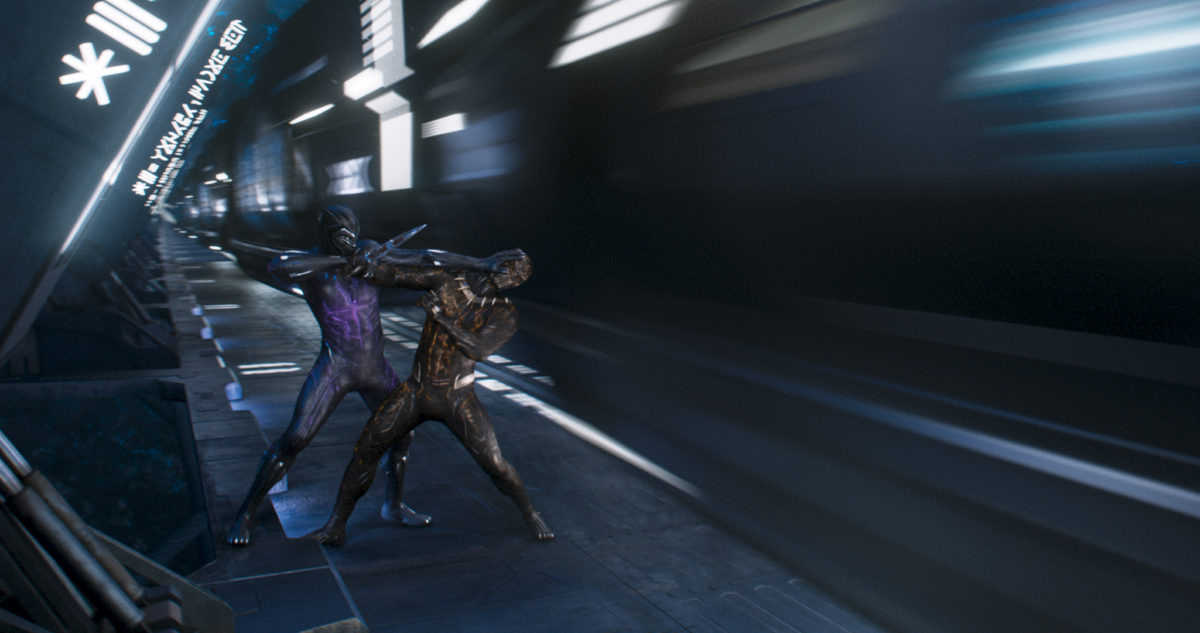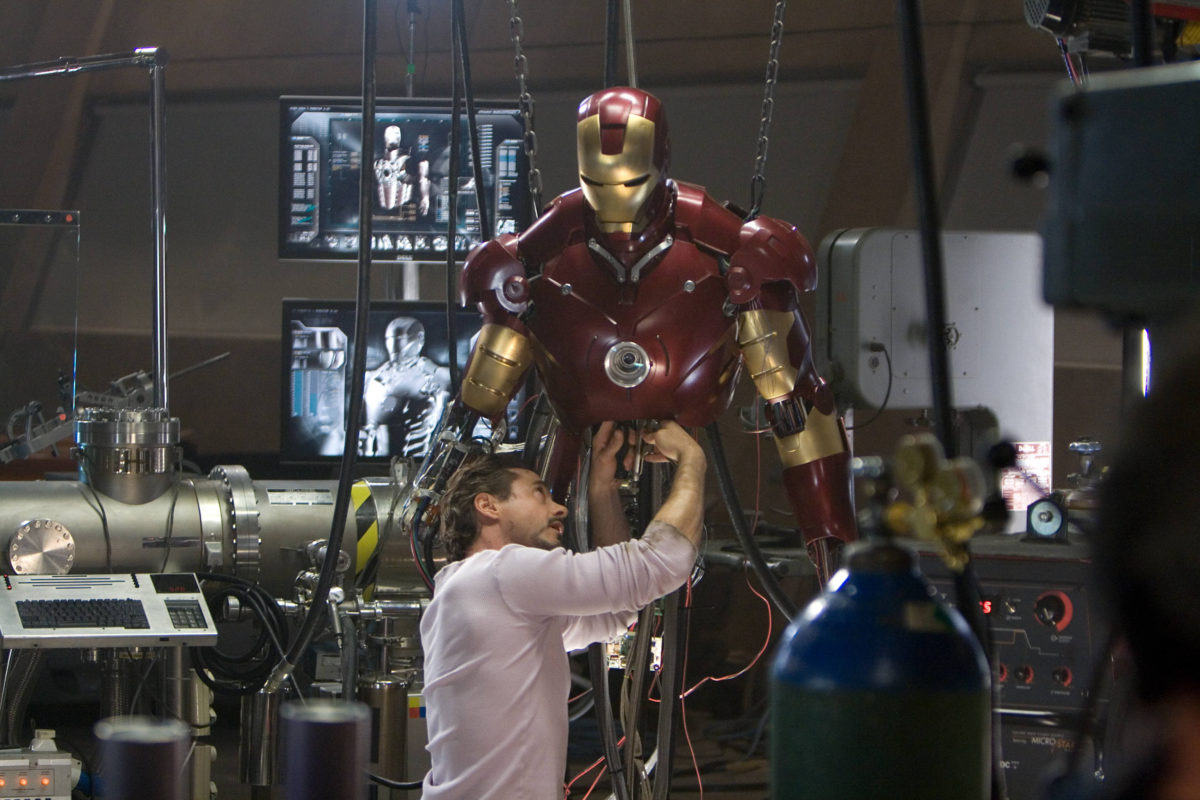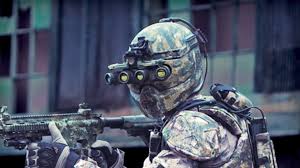It’s nothing new that sci-fi and fantasy are often a window into the near technological future. I have already shown in the past how close reality and fiction often come to each other today. https://www.youtube.com/watch?v=ZrVBQZUJk6s But for the 10th anniversary of the Marvel Cinematic Universe I would like to show how close the technologies from Iron Man and Black Panther are already to reality.
“Black Panther” was a cash and cultural phenomenon. Not only did the blockbuster break some records, it also linked us to Wakanda, a fictional African nation that is decades ahead of the rest of the world in technology. The CIA also thought that the various innovations shown in the film could not be so far removed from reality. These have shown in a current report how close we really are to the advanced technology from Wakanda. But even beyond these considerations, there are some examples where comics and reality grow together.
Black Panthers Vibranium

In both comics and films, vibranium is a rare material that can absorb and convert vibrations of all kinetic energy. While it is used in Wakanda for weapons and other defense mechanisms, there are also some substances in reality that, according to the research of CIA scientist Rebecca, are close to vibranium. One example is “tungsten carbide”. This chemical compound is able to compress materials and store energy for later use. A combination of diamond nanofilaments also shows similar behaviour. A final example of such a substance is even called “vibranium”. Elon Musk has developed a woven carbon alloy that is eight times stronger than steel and five times lighter. In addition, these “vibranium” threads can store and send data about their condition.
Black Panthers Maglevs

The vibranium of music was created especially for its hyperloop developments. The film Black Panther also features some innovations in the field of mobility. One example is a high-speed magnetic levitation train that runs through Wakanda’s vibranium mine. “Black Panther” director Ryan Coogler said in interviews that the Bay Area Rapid Transit was a strong inspiration for the design of the fictitious magnetic levitation train, but in terms of speed and efficiency, the BART cannot keep up. Rather, Elon Musk has his hands at work here too and is working on turning fiction into reality. Musk uses his hyperloop to develop the future of transport. The high-speed vacuum-driven railway is designed to carry passengers over long distances in minutes. A concept similar to that of the high-speed train from the Marvel universe.
Tony Starks Iron Man Suit

Tony Stark’s Iron Man suit has always been the source of many ideas. Many of the current developments in the exoskeleton area are inspired by the developments of the Marvel genius. But the U.S. Army goes one step further. With the help of scientists from various fields, they are working on a prototype for next-generation futuristic combat clothing. These works were inspired by the nano suit worn in the Iron Man films.

“TALOS”, short for Tactical Assault Light Operator Suit, was quickly described by the press as “Iron Man”. With a budget of 80 million dollars, the military wants to develop new bullet-proof equipment for soldiers that improves the efficiency and precession of the soldiers through an integrated exoskeleton.
These were just a few examples of how the world of comics blends with our current innovation society. Marvel is one of the pioneers of futuristic ideas and it remains to be seen what they will conjure up on the cinema screen or in comic books over the next ten years.
Post picture: Screenrant / Marvel

